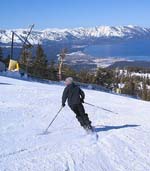
Glacial Erosion Landforms
When alpine skiers slide down a ski trail, their skis leave behind grooves in the snow. Likewise, glaciers can scoop out parts of the land over which they flow, and are thus powerful agents of erosion. Through their erosive power, alpine glaciers are responsible for some of the most rugged and scenic mountain landscapes on Earth. As the ice moves, it picks up rock and debris. These materials are later deposited below the snowline when the glacier begins to retreat. Thus, glaciers form both erosion landscapes (those from which material has been removed) and deposition landscapes (those to which materials are later deposited). Click through the images to see some examples of glacial erosion landforms.
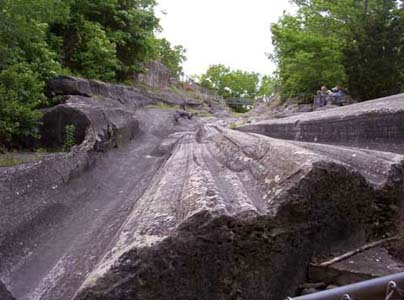
Glacial striations are scratches and gouges cut into bedrock by a glacier as it abrades the ground over which it flows. They usually occur as multiple, straight parallel grooves. They are carved out of rock by coarse gravel and boulders that are dragged along underneath a glacier.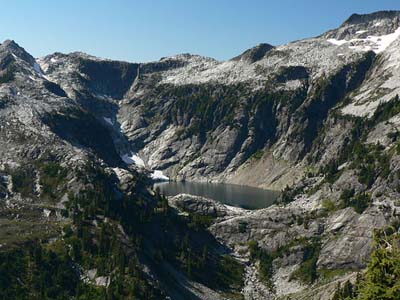
Cirques are bowl-shaped basins carved out by a glacier. They form at the glacial head when a glacier erodes backwards, into the mountainside, forming a rounded hollow area.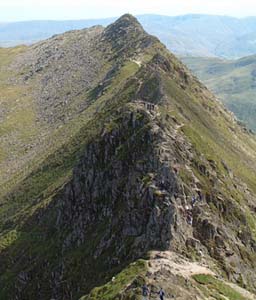
Arêtes are jagged, narrow ridges formed when two cirques meet, eroding the ridge on both sides.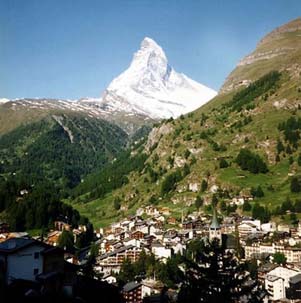
Horns, such as the famous Matterhorn in Switzerland, are created when several cirque glaciers erode a mountain until all that is left is a steep, pointed peak with sharp, ridge-like aretes leading up to the top.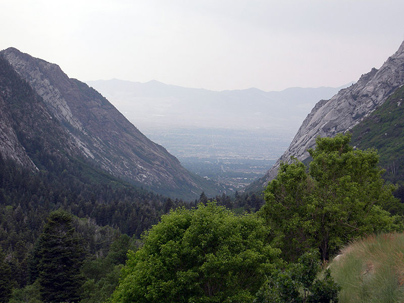
U-shaped valleys are usually left behind after a glacier retreats. The glaciers scoop out the valleys, leaving steep sides and broad flat floors.- Fjords, such as those in Norway, are long, narrow coastal valleys that were originally carved out by glaciers. Steep sides and rounded bottoms give them a trough-like appearance. Because of glacial erosion on the land surface, which is below sea level, sea water covers the valley floor when glaciers finally disappear.

© KC Distance Learning. All rights reserved.












